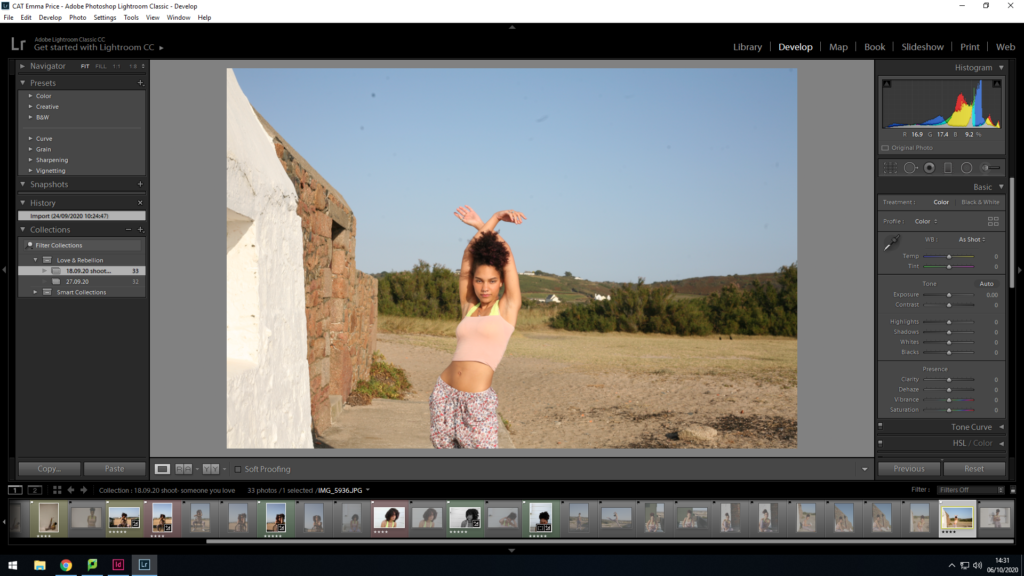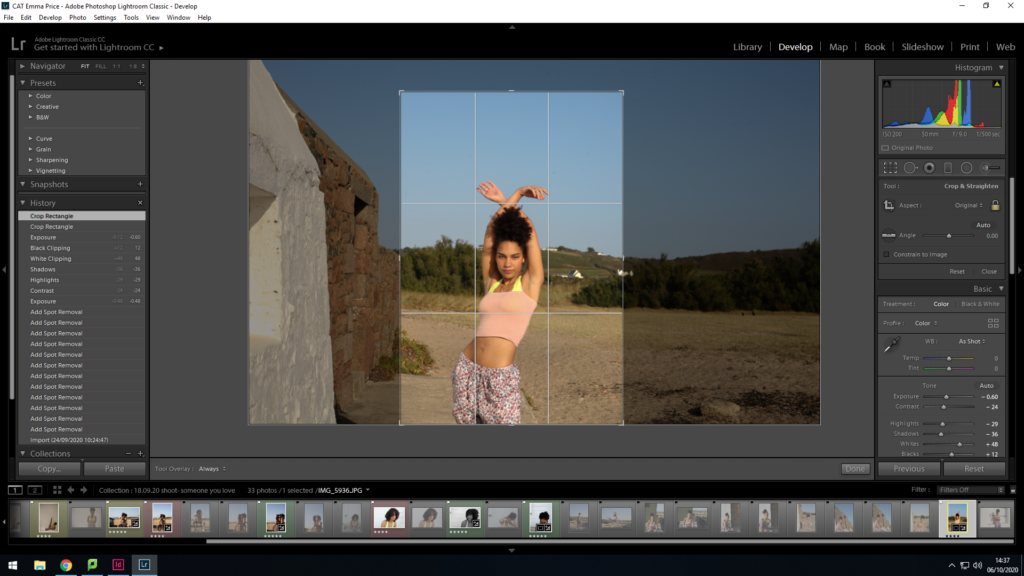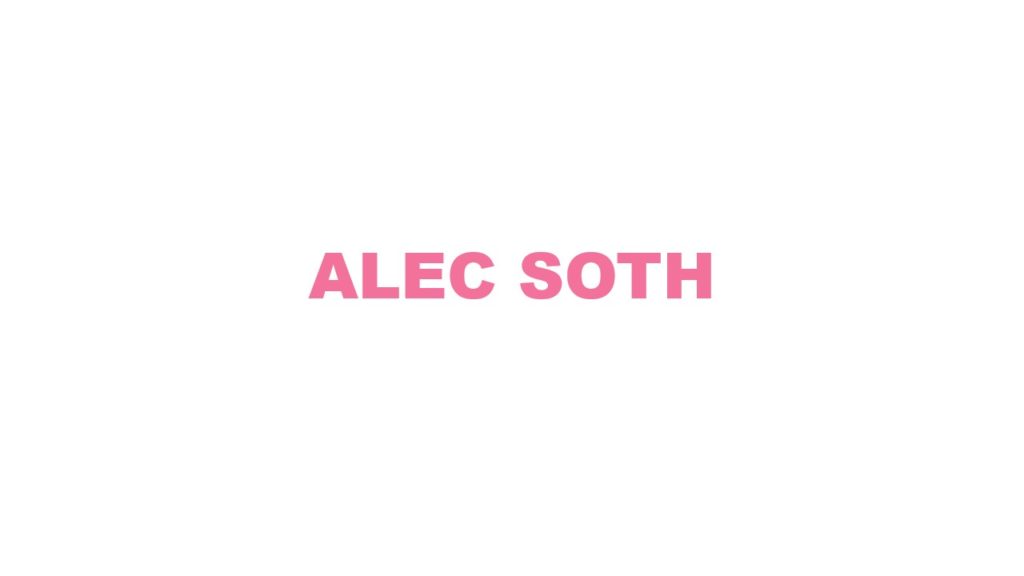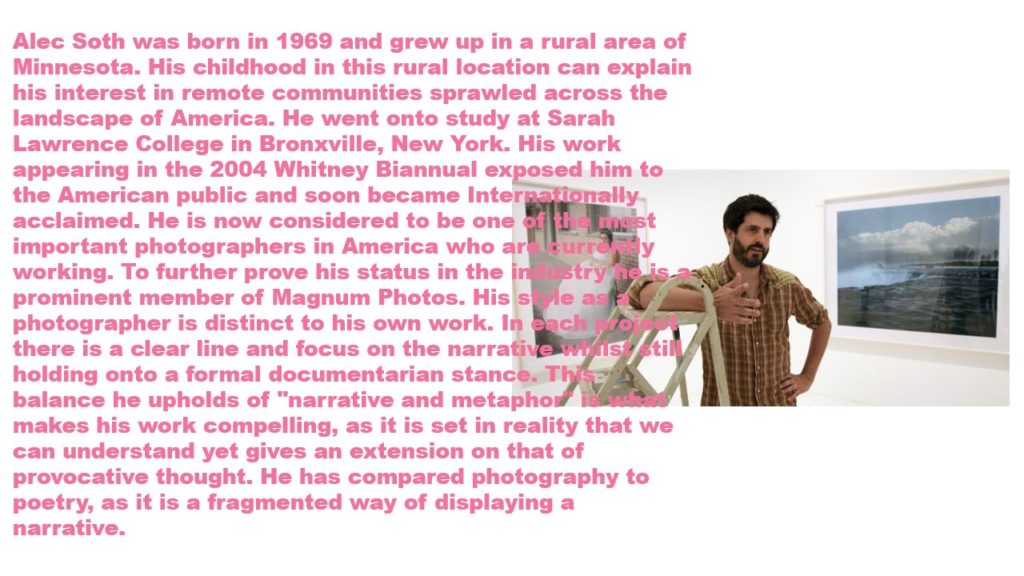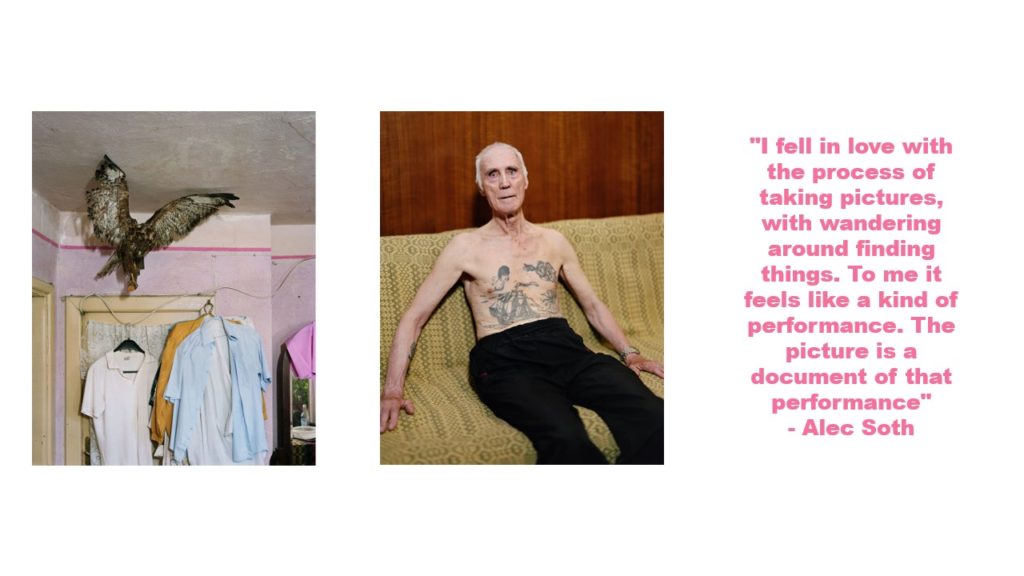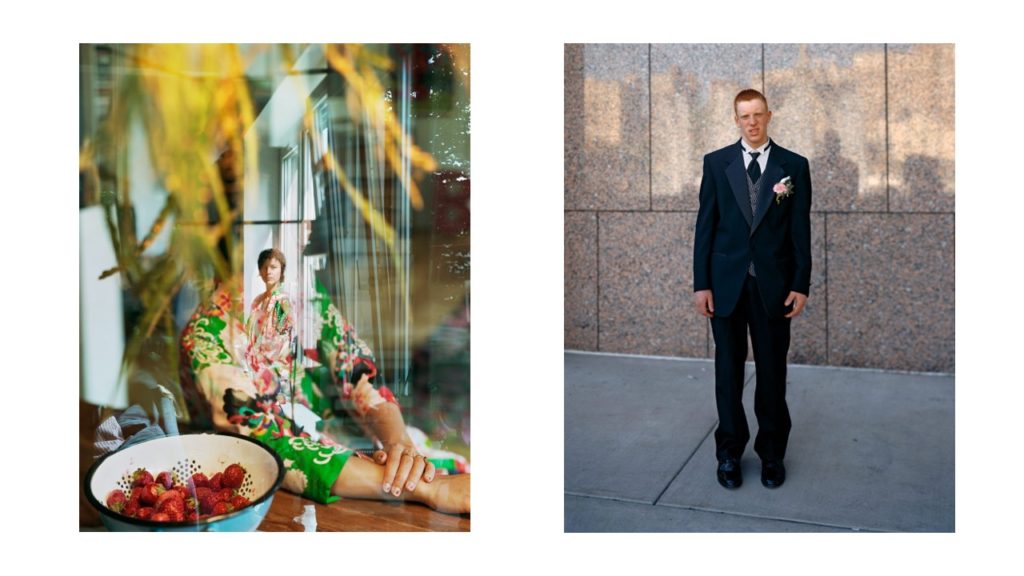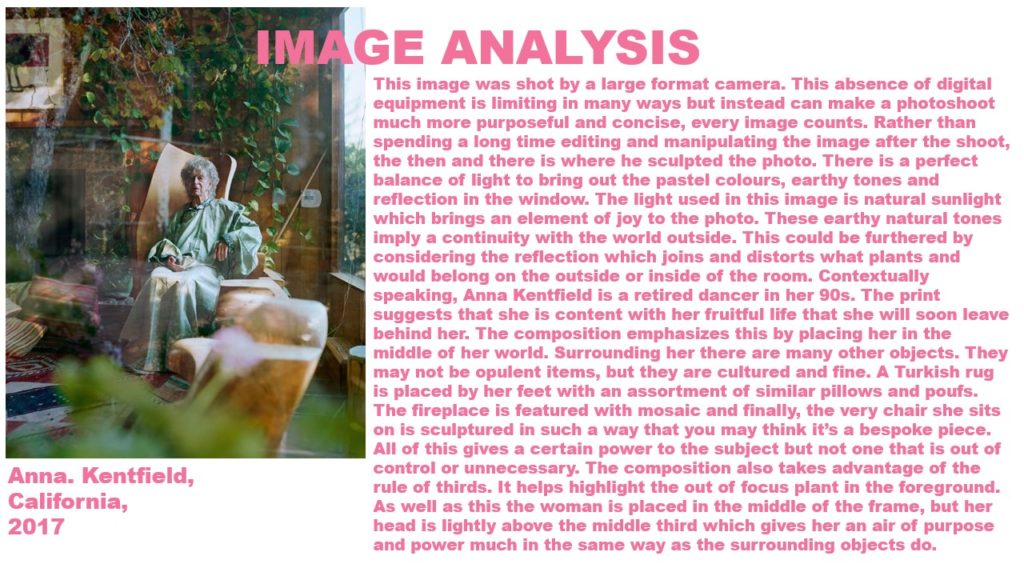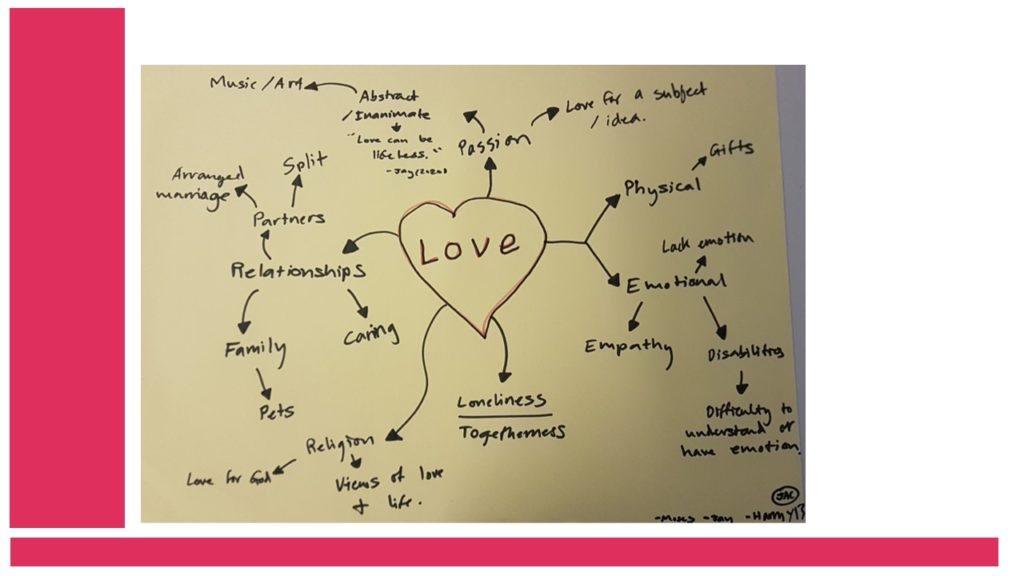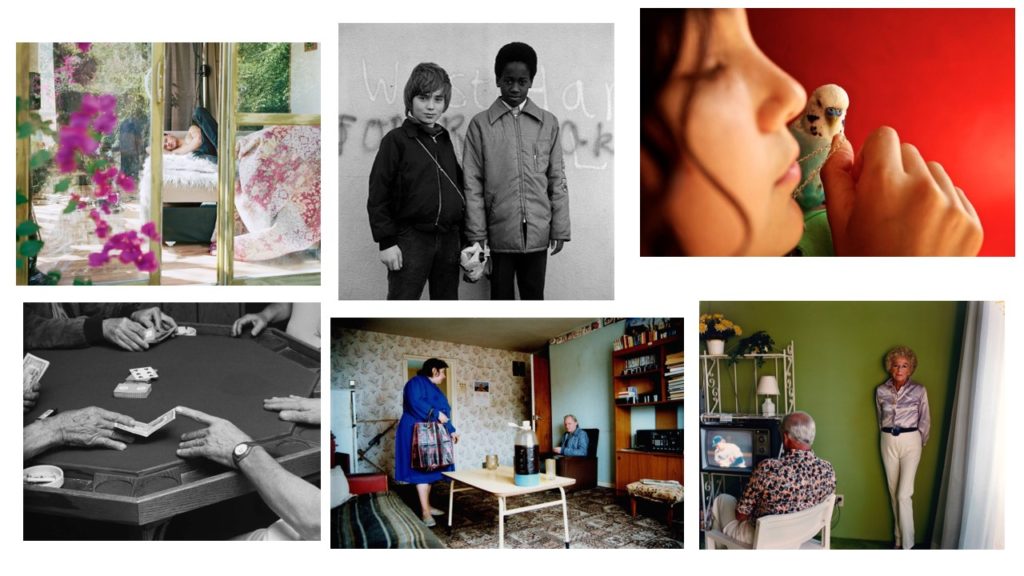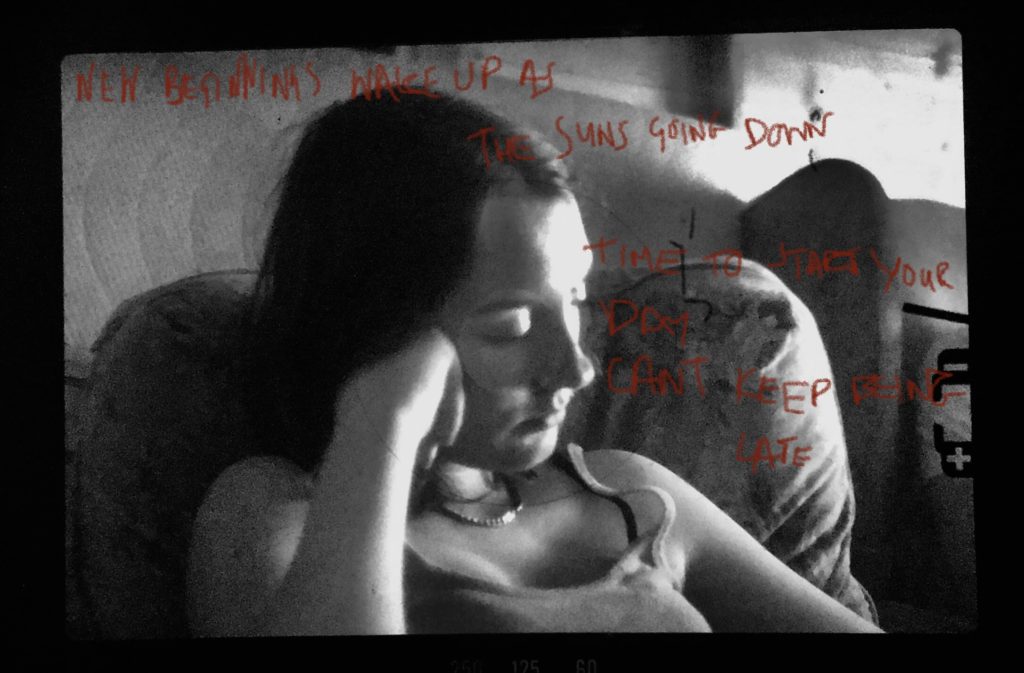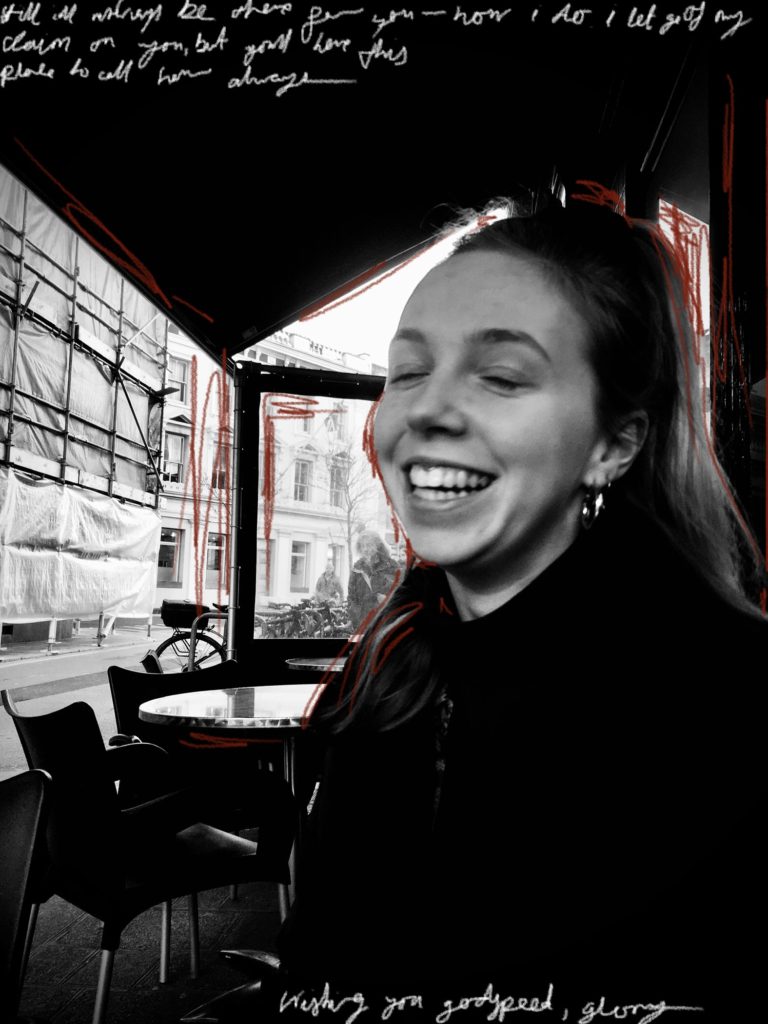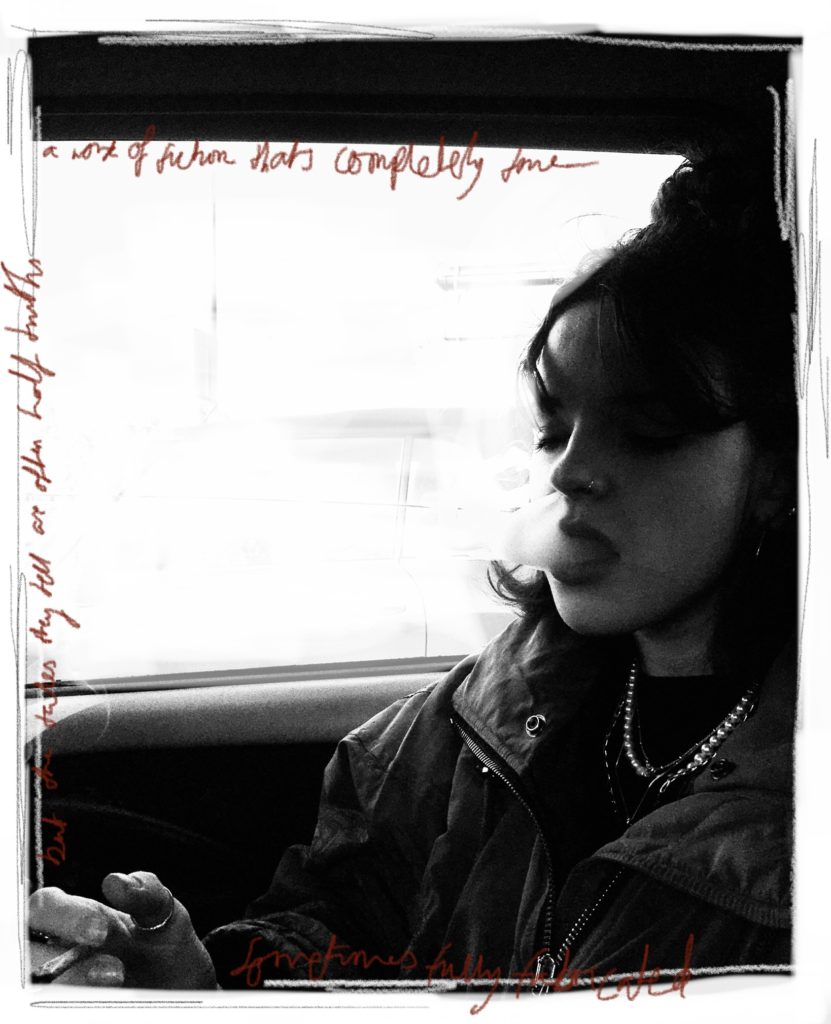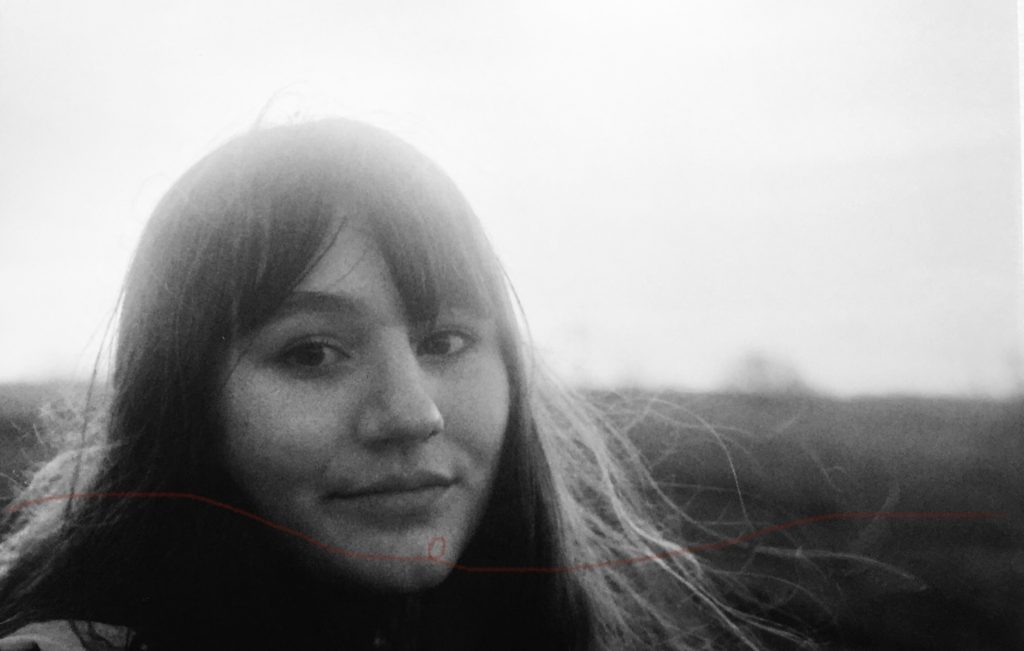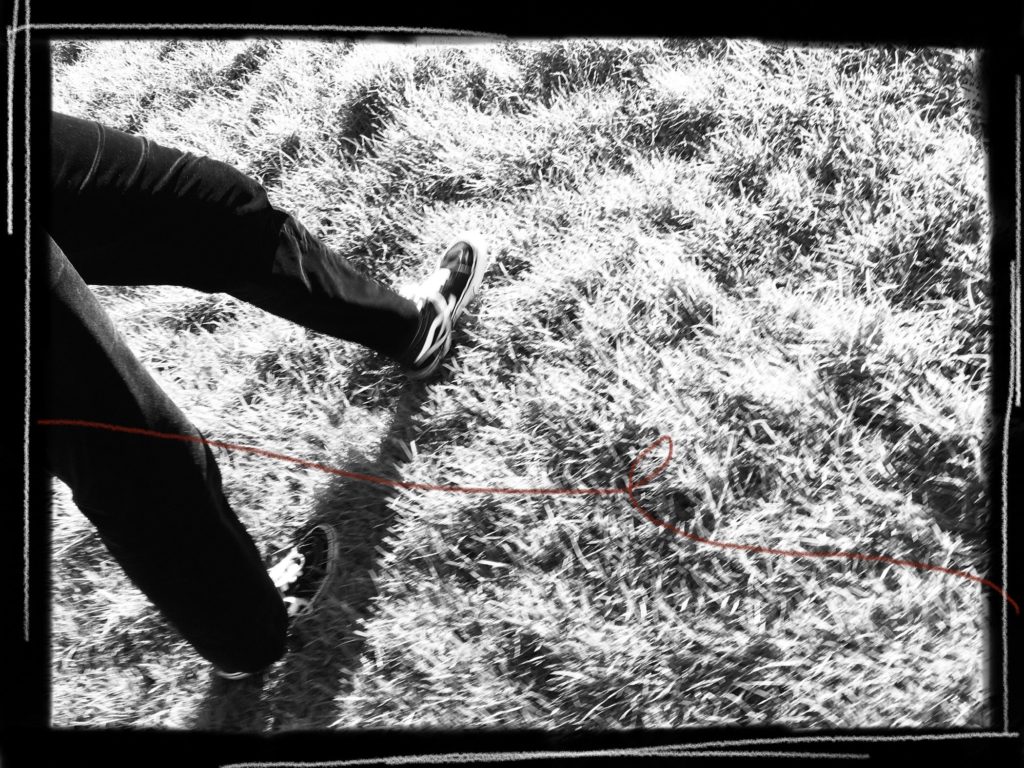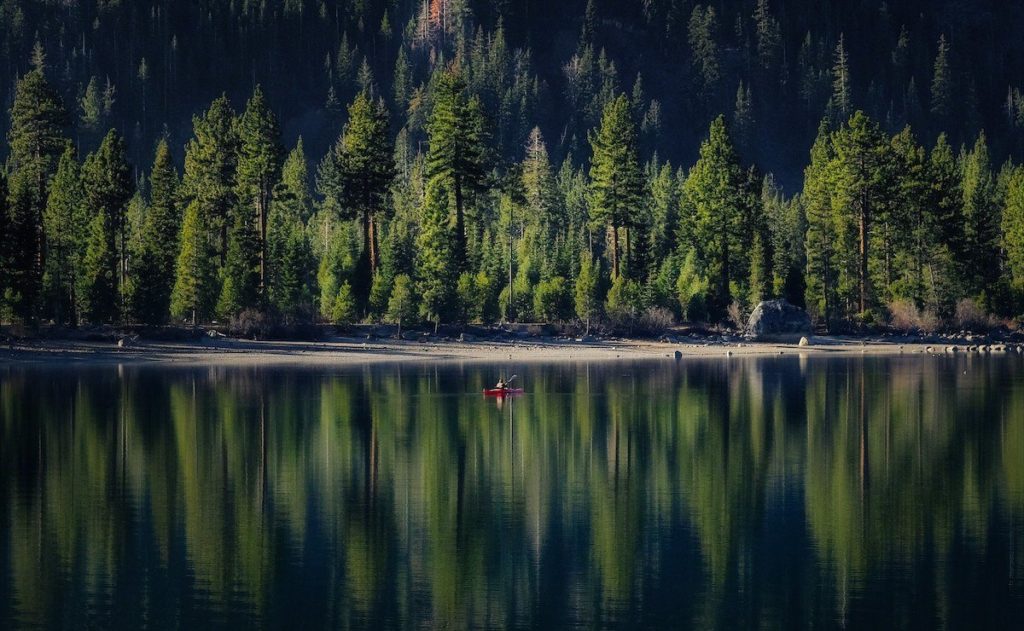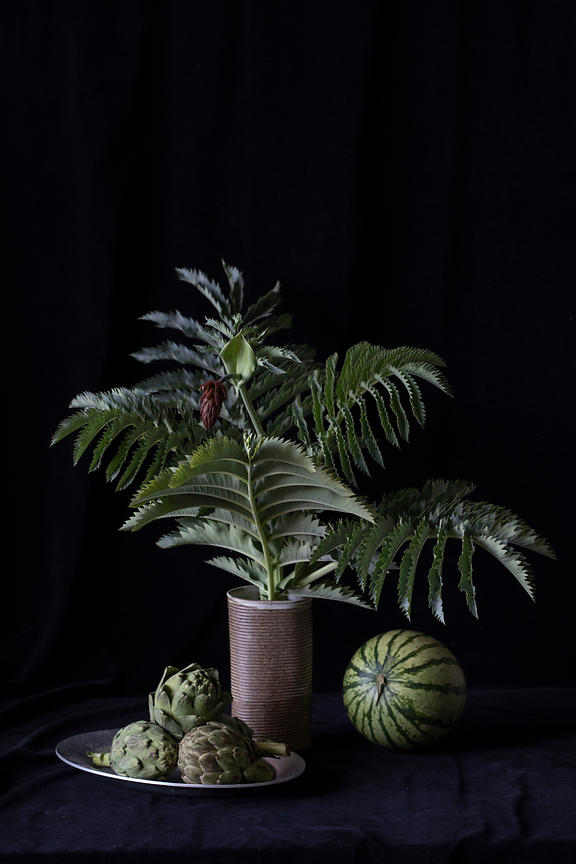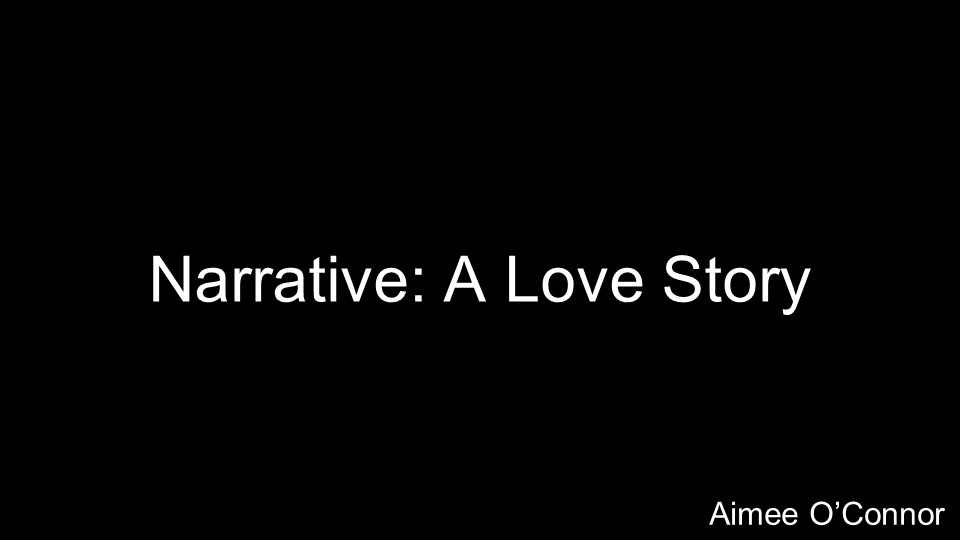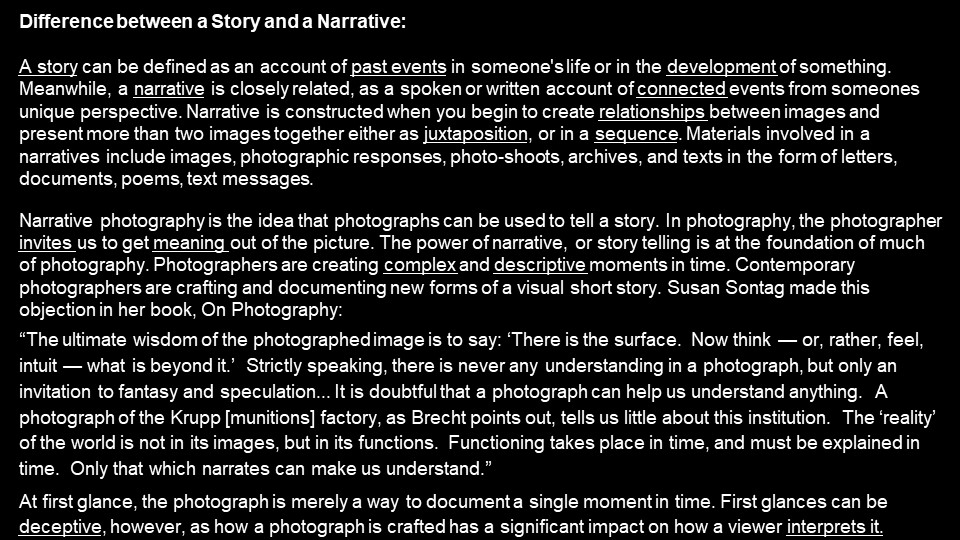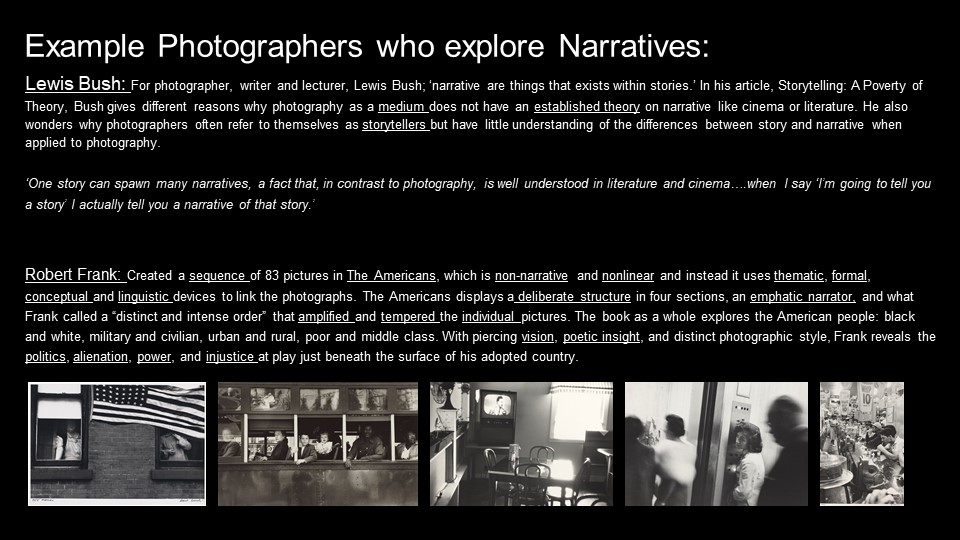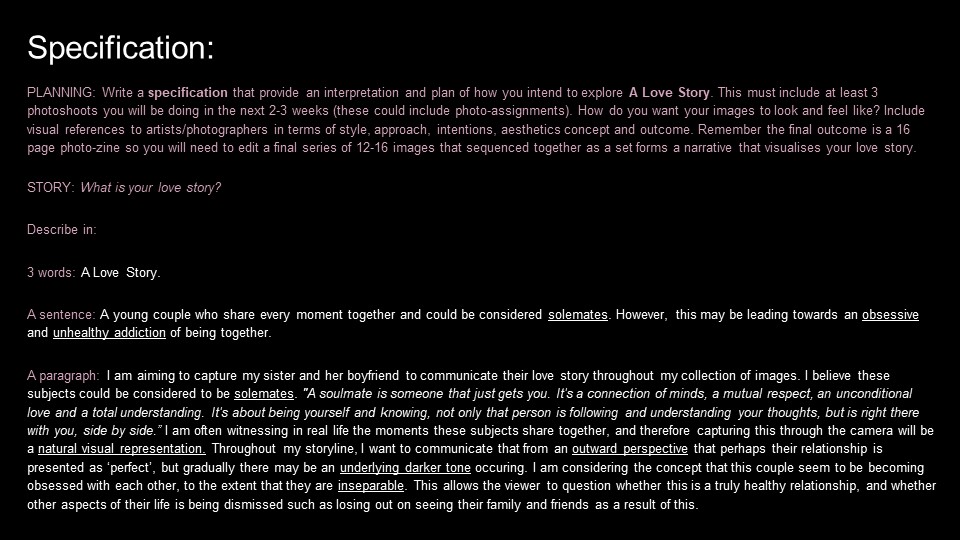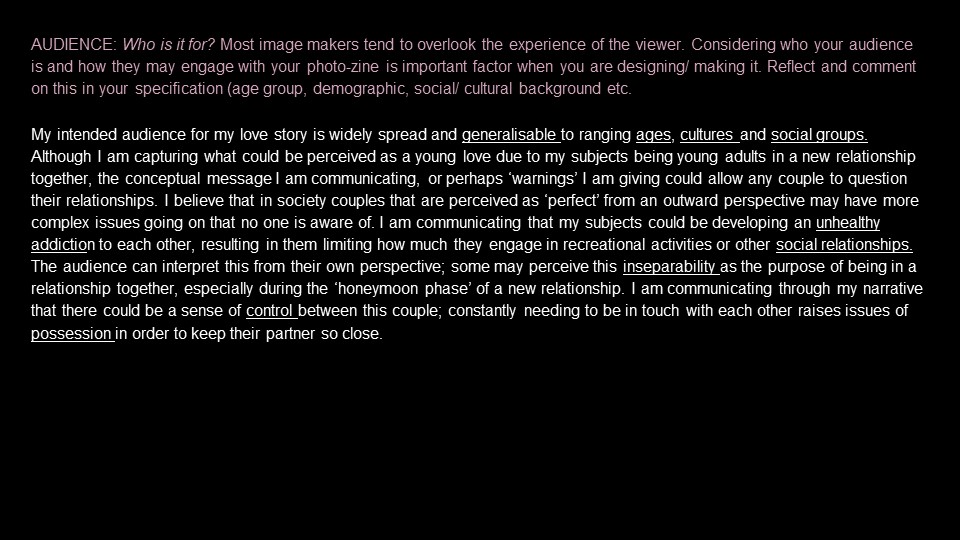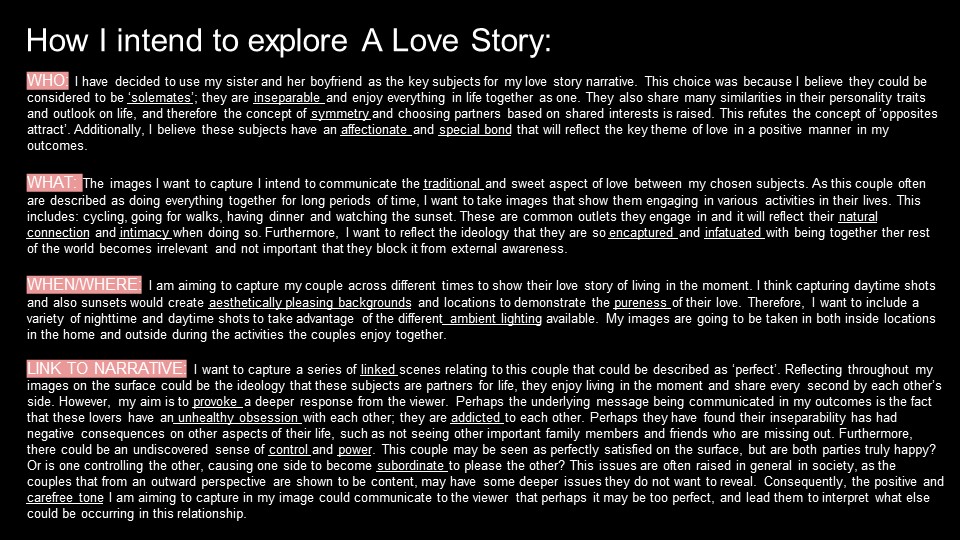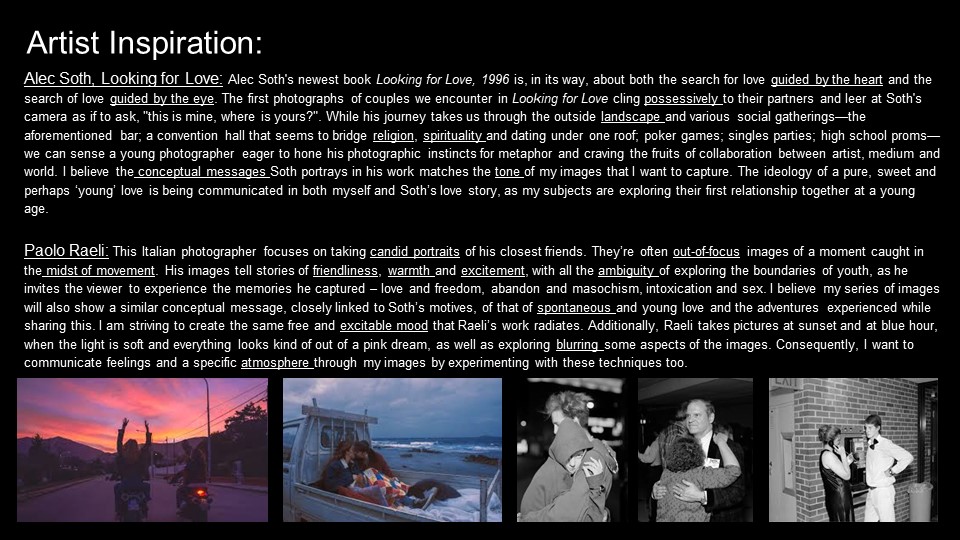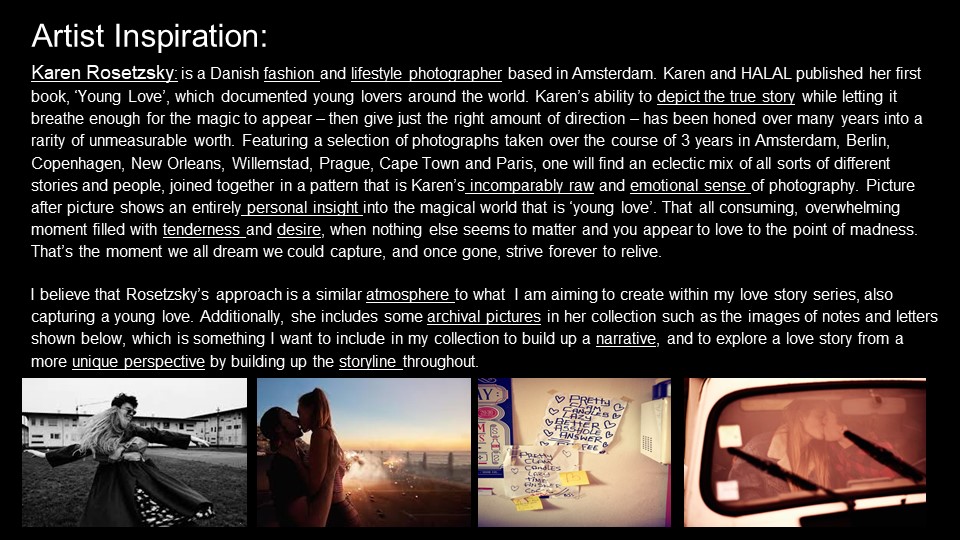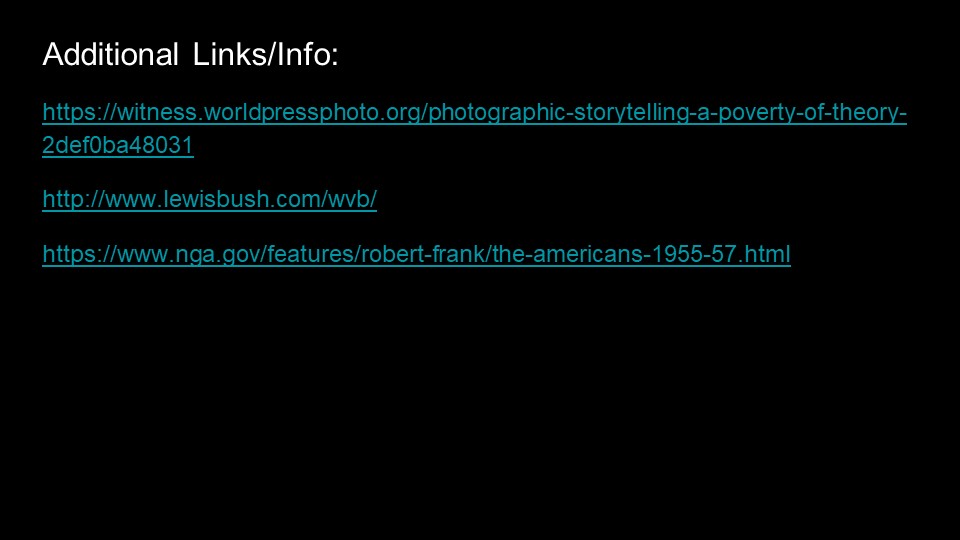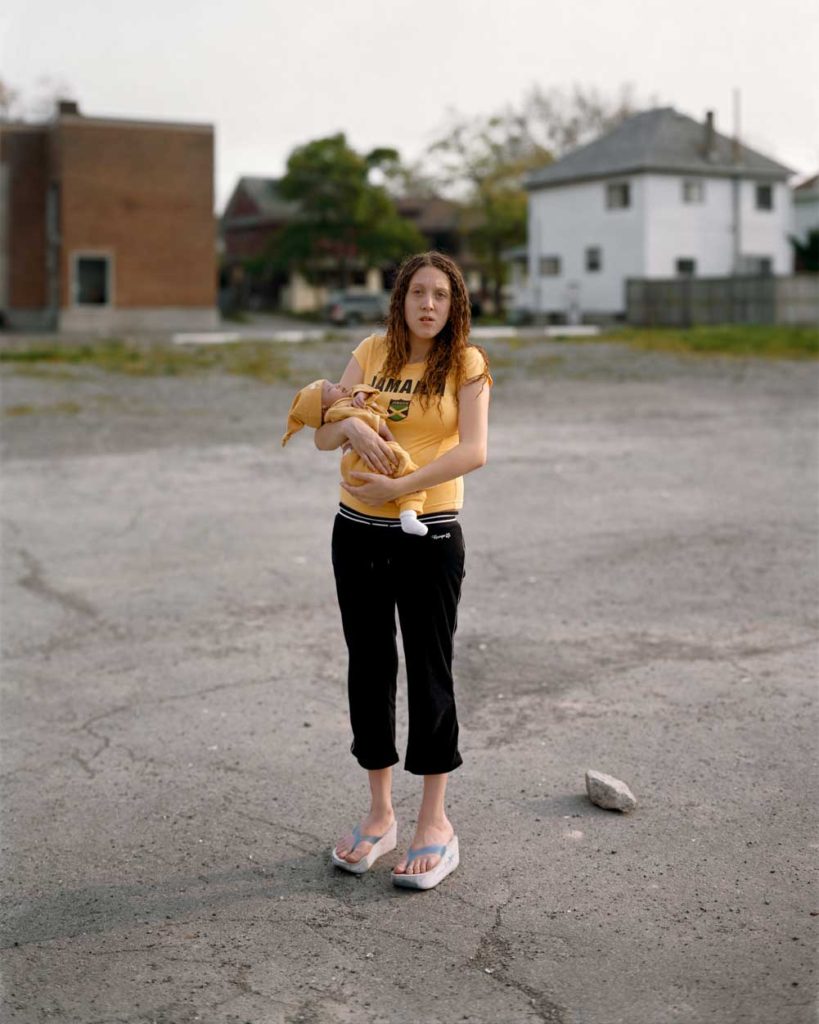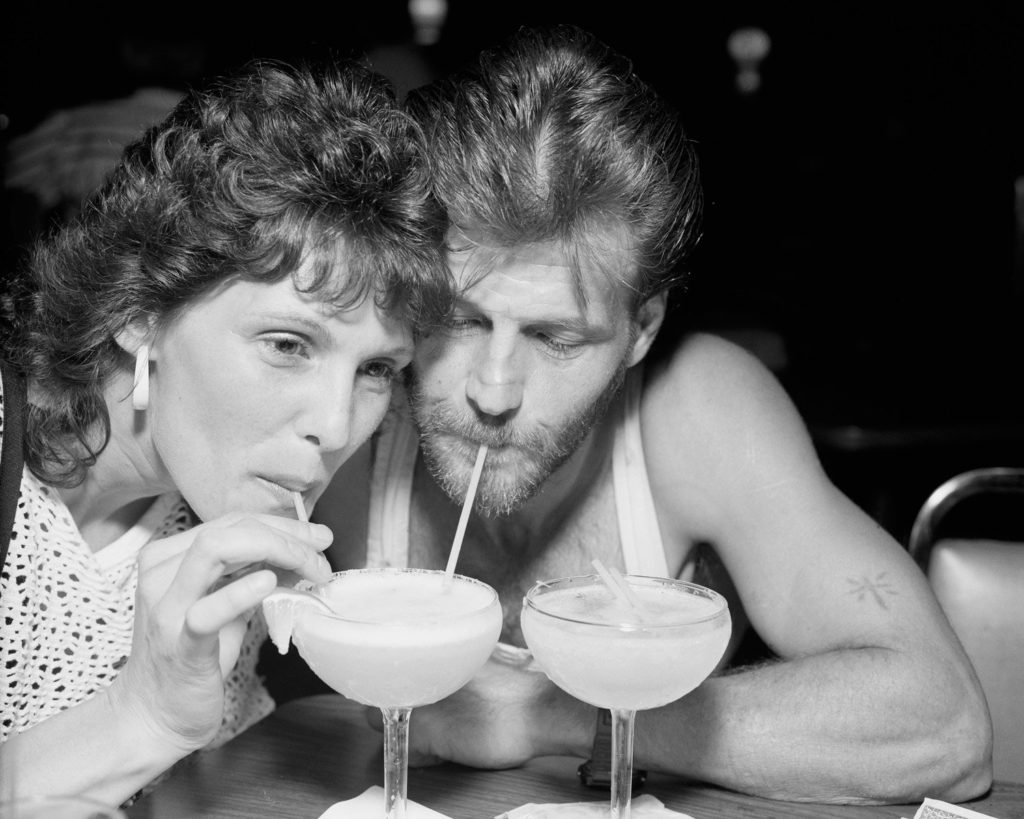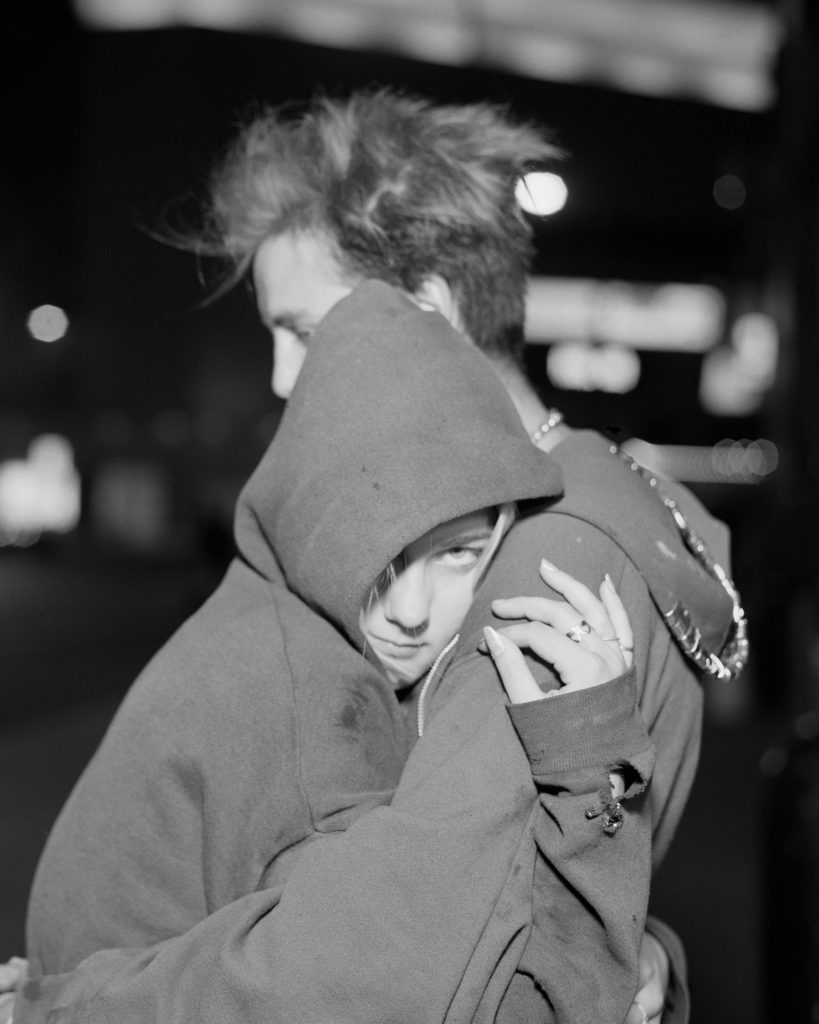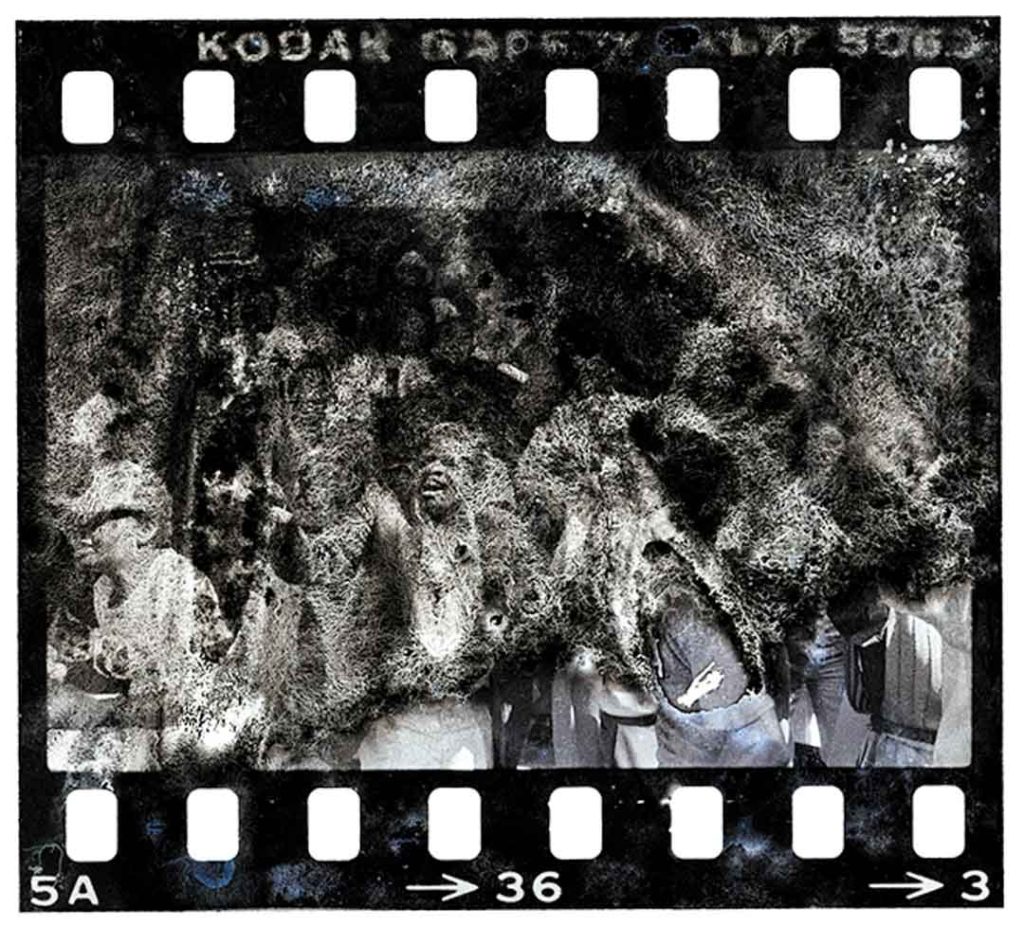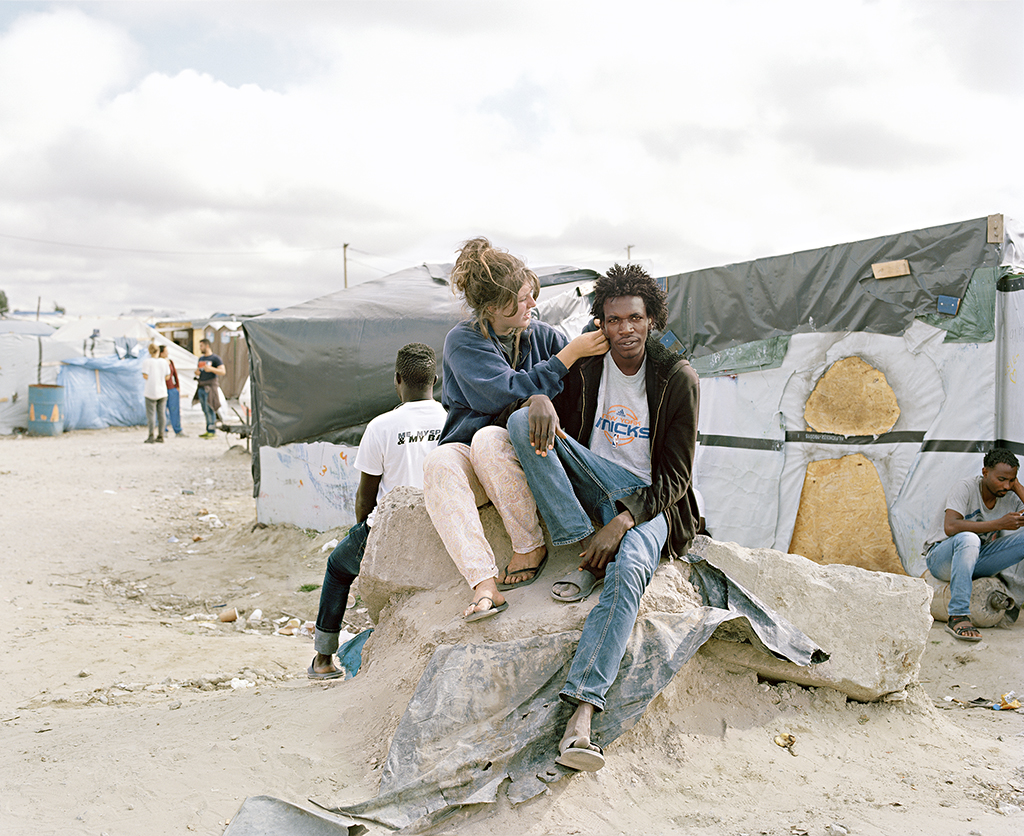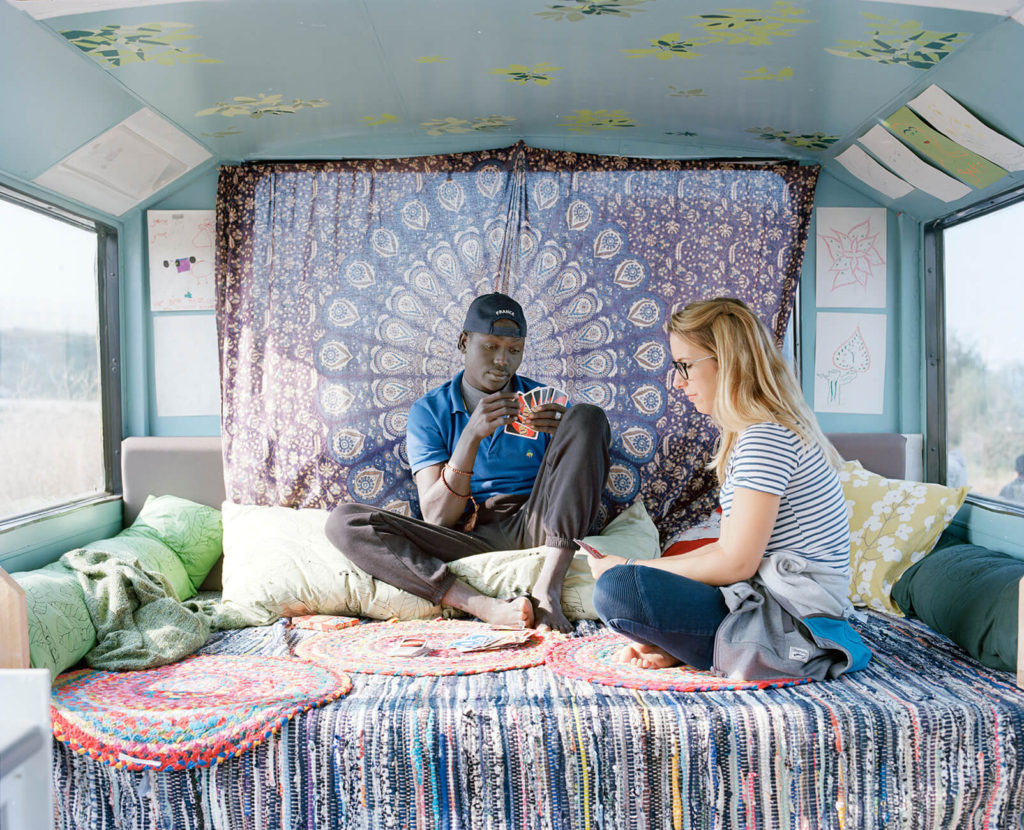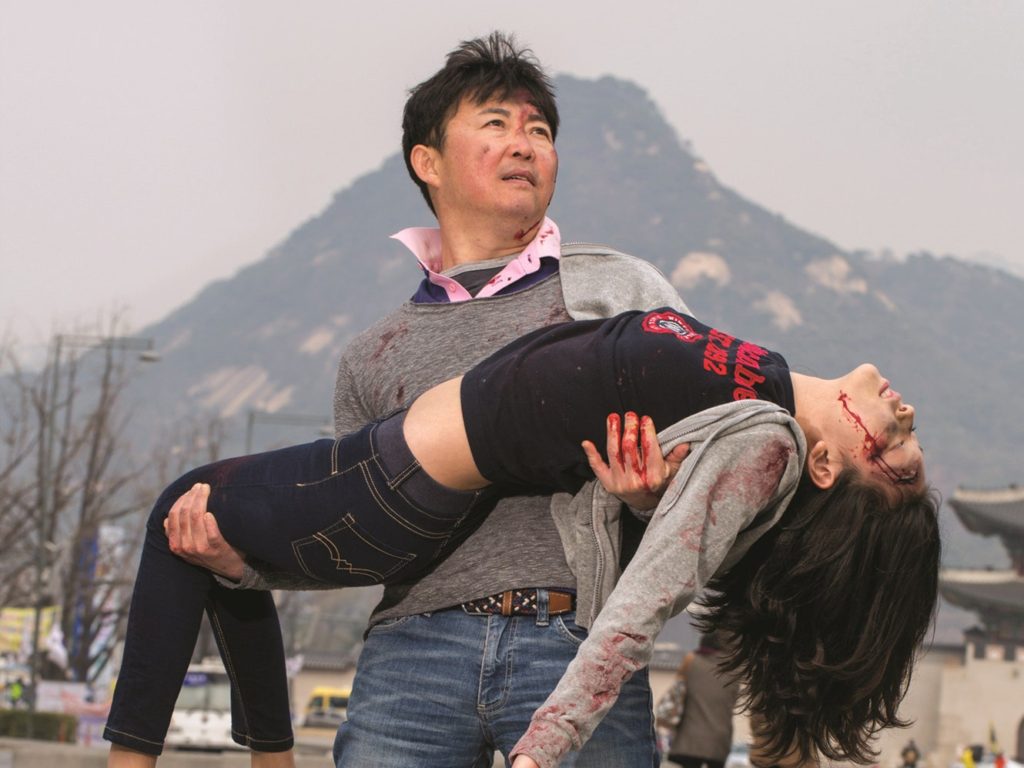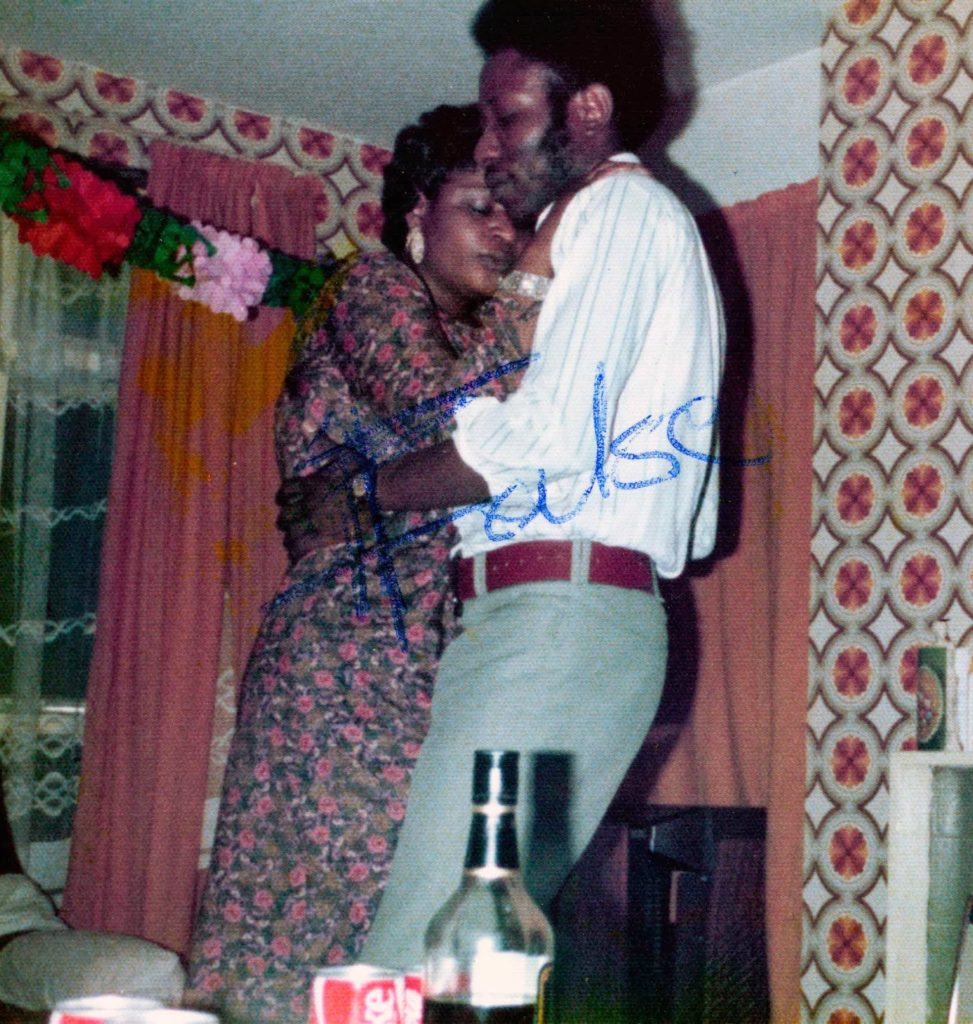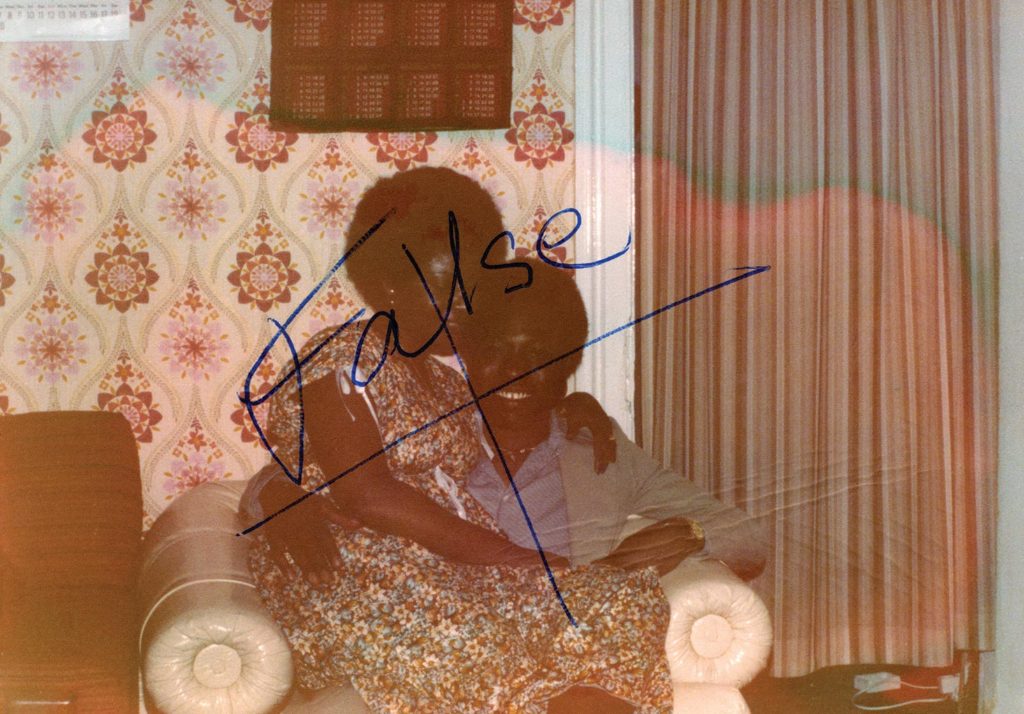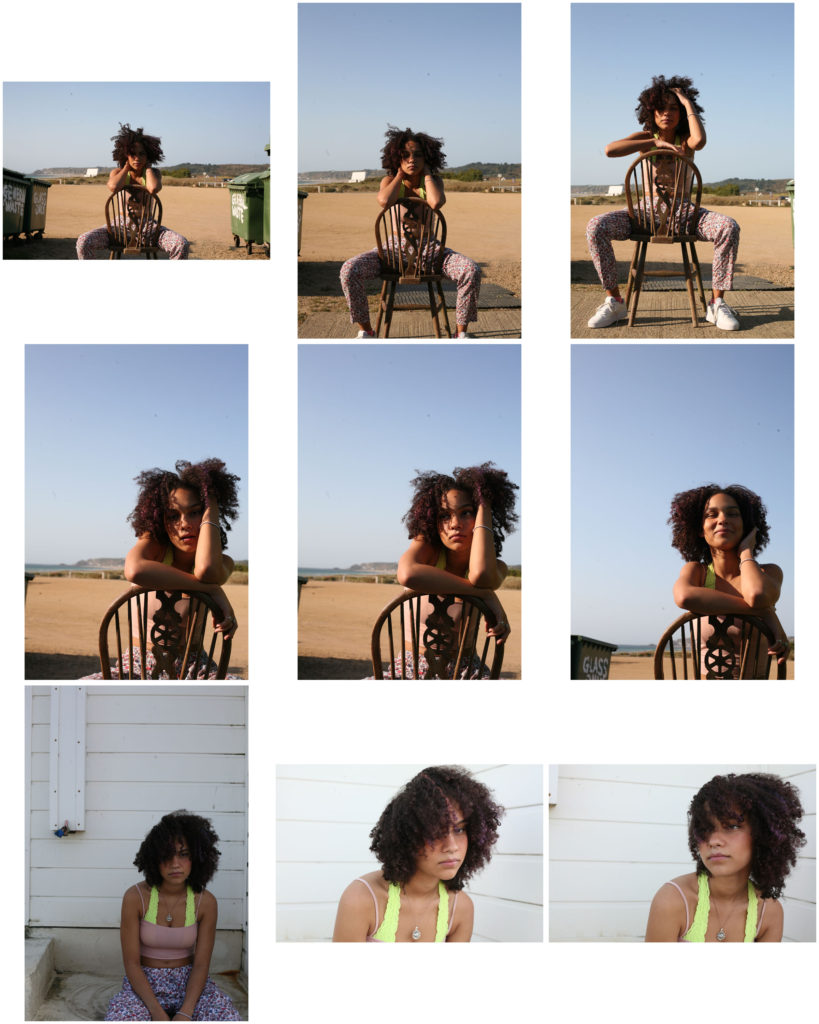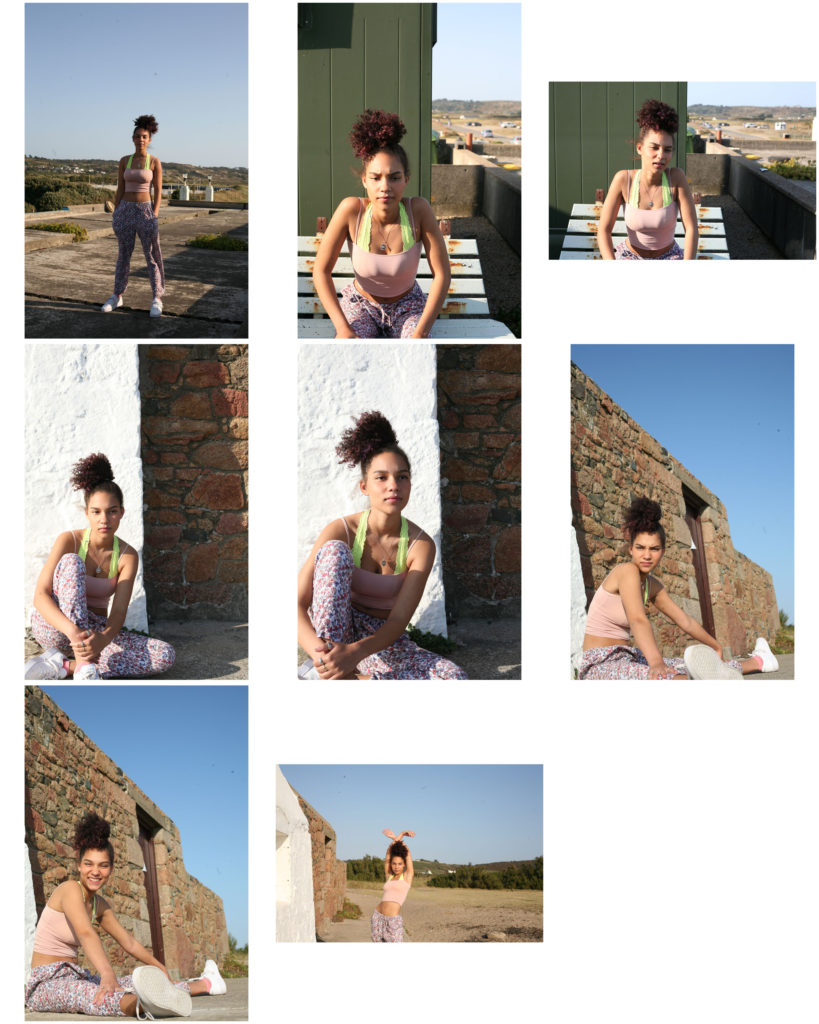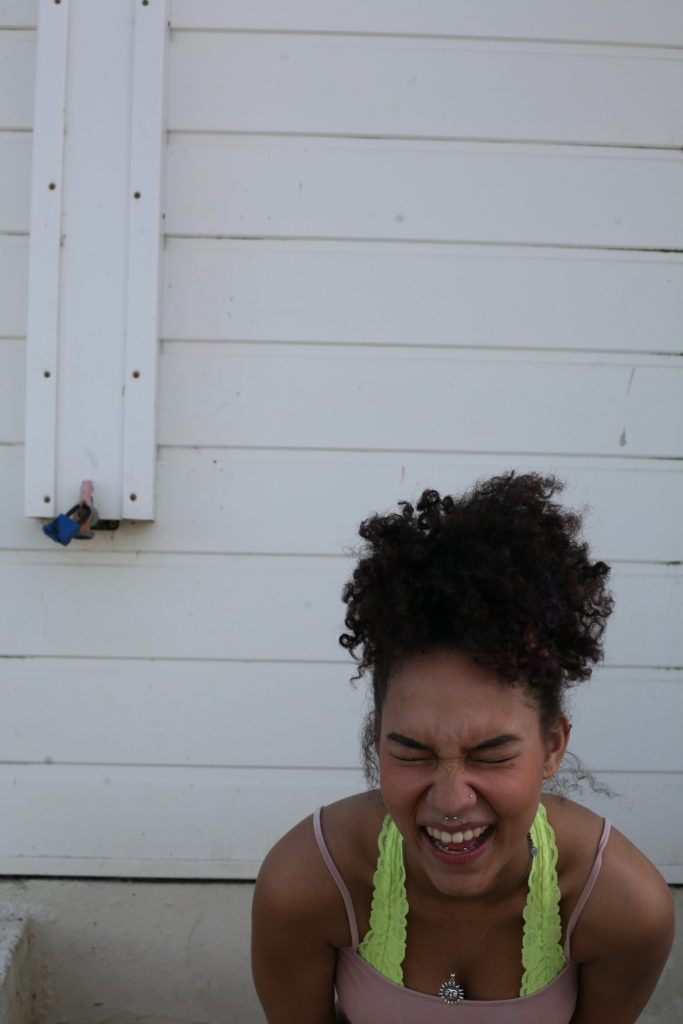Monthly Archives: September 2020
Filters
Love
specification-
PLANNING:
Write a specification that provides an interpretation and plan of how you intend to explore A Love Story. This must include at least 3 photoshoots you will be doing in the next 2-3 weeks (these could include photo-assignments). How do you want your images to look and feel like? Include visual references to artists/photographers in terms of style, approach, intentions, aesthetics concept and outcome. Remember the final outcome is a 16 page photo-zine so you will need to edit a final series of 12-16 images that sequenced together as a set forms a narrative that visualises your love story.
STORY:
What is your love story?
3 words: friendship, youth, together
A sentence: I am going to show the love a group of friends have for each other and their youth.
A paragraph: My main focus will be taking candid shots of my friends during some of the times we spend together on a regular basis, attempting to capture some of the more memorable and timeless moments on camera. Hopefully I will be able to portray the strong platonic love within the group as well as possibly showcase how fleeting youth is and how we are just trying to make the most of it. I may choose to take some more posed images and therefore be able to capture some of the less-than-happy times as well (e.g. arguments, falling out, mental health issues) to properly showcase all the highs and lows of a teen friendship group.
NARRATIVE:
How will you tell your story?
Images > new photographic responses, photoshoots in a few diff. locations, candid shots from everyday meet-ups
Archives > old photos from our phones
Texts > notes passed in class, old bus tickets, quotes, poems
AUDIENCE:
Who is it for?
- teens/younger people
- my own friends/people featured in the images
- myself
- no particular social demographic, as the language of love and friendship is universal and does not need much explanation to be clearly understood
AESTHETIC CONCEPT:
What is it going to look like?
Currently I am planning on keeping all of the images in black and white, to add to the sense of timelessness and how this particular platonic love story has happened all throughout time and isn’t anything new. I am also planning on editing the images with overlays of handwritten quotes, possibly from from my friends but it may also be my own handwriting, depending on how much time I have, as well as doodles, markers, general scribbles and possibly editing the images to make it look more like photographic film (borders, fading out, etc).
An example of the sort of style/aesthetic I am aiming for is shown and linked below, from a previous student’s photobook work.
Specification- A Love Story
STORY+NARRATIVE: What is your love story? And how will you tell it?
In three words: Area, article, affinity
In a sentence: Getting to know people more intimately through three clear stages.
In more detail: For this narrative, I’m aiming to portray the people who hold sentimental value to me using three aspects of photography: Landscape, Still life and Portrait photography. I intend to have three case studies. For each page of the book I plan to have a portrait of the person with an image of these three things directly adjacent to them.On one page I will have a place that holds emotional significance to them next to a full body portrait. On the next page I will have an object or article that represents their passion for a hobby or a guilty pleasure next to a 3/4 or half body portrait. Finally I’ll have an image with a person who holds significance to them next to a head-shot of my subject.
By gradually getting into close proximity with the subject, I can convert my subject into an allegory for intimacy. For these portraits I aim to take them in the studio, with a plain background. The outfits I aim to match with the colour scheme of the 3 things I’ve chosen to represent them. This will prevent my photo-zine from looking garish and will clearly separate each of my case studies from one another alongside keeping the theme of the zine constant.
AUDIENCE: Who is it for?
The people I’m photographing are similar ages to myself and so represent younger, more innocent relationships. It may appeal to older generations as sweet nostalgia or as a resemblance to themselves as a child or resemblance to their children/grandchildren/etc.
Similarly, it may connect with those in my own generation as the people, places or objects remind them of relationships they have with hobbies or areas or even the relationships they have with their own friends/families/significant others.
My reasoning for the three different types of portraits (Full, 3/4 body and head-shot) is to represent three stages of getting intimate with someone:
Stage one: Curiosity. To represent this stage I decided to use a full body portrait. I feel as though it represents this word accurately as a person can easily spark your interest from a distance.
Using a landscape next to this portrait gives gives the narrative a setting. The setting I use for each case-study will be a place that has importance to them. Not only does this create imagery, it also leaves some ambiguity as to why this place holds significance to the person they’re looking at. Leaving ambiguity allows the viewer to deduct and create their own narrative alongside mine.
Stage Two: Bringing Your Lives Together. As you get closer to someone emotionally, you can be comfortable standing close to them or seeing them close up. By doing a 3/4 body or a half-body portrait I can convey this stage of becoming intimate with someone.
By adding still life images, I can further progress my narrative for each case study. The audience can then engage with this, learning more about the individual they’re looking at and making possible links to the setting they previously viewed.
Stage Three: Deeper Level of Commitment. Finally, I felt as though a head shot was appropriate to present this stage as having that accessibility to a person/ being comfortable that close to someone shows how attached you are to that person and how valuable they are to you.
Adding an photograph of someone the case study is intimate with allows the audience to feel attachment to the subject. I aim to make them feel as though they know the key things about each case study as they progress through the zine. By creating this affinity between the subject and the audience I can keep the viewer’s interest in the zine. Having ambiguity towards the significance of the person close to the subject and the place the subject chose allows freedom for the audience to create multiple story-lines and narratives.
By having multiple narratives it means the viewer may look over the zine multiple times to try make further links, rather than understanding the clear plot and looking through it once.
CONTEXT: Who is your inspiration?
After viewing multiple photo-zines, I was particularly inspired by Rita Puig-Serra Costa and her photo-book: ‘Where mimosa bloom’. The design aspect of the book appealed to me as she used portraits of people adjacent to formal elements such as shape and colour.

Similarly, I was inspired by Chloe Jafe and the way she presented her subjects. The stance held by the women in a number of her portraits comes across as confident. Additionally, the women in her project represent the trust and strength within her relationships with them. I wanted to incorporate this into my work by photographing my subjects in more detail and more intimately than a standard formal portrait.

Inochi Azukemasu

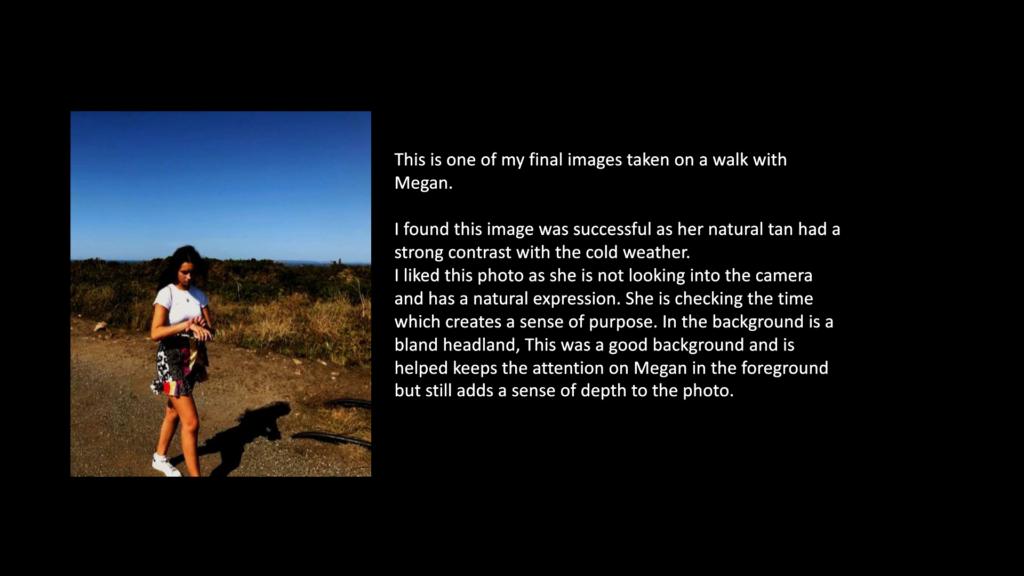
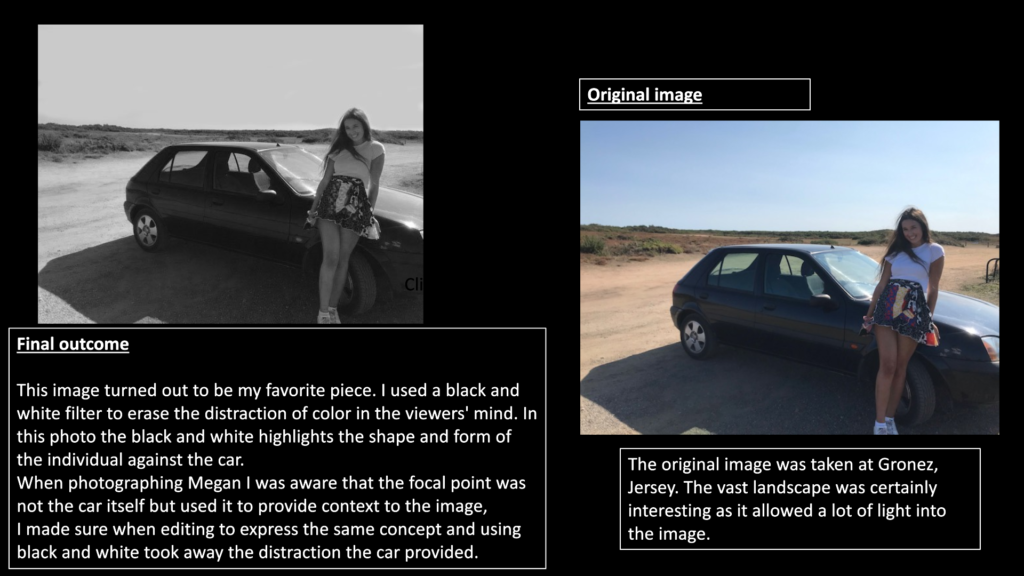
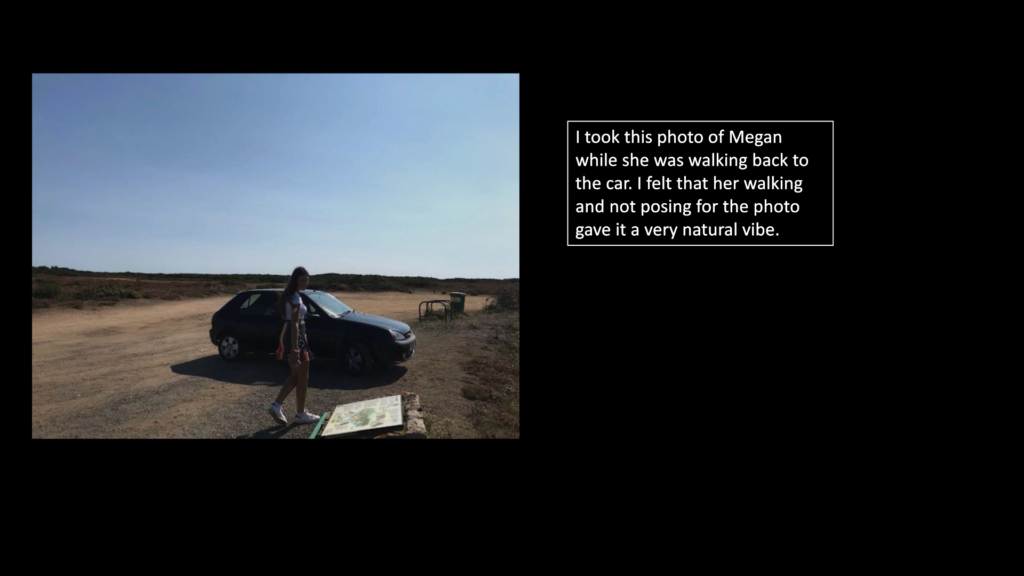
specification
STORY: What is your love story?
Describe in:
- 3 words- A love story.
- A sentence- My relationship with my dad through our shared love of horses.
- A paragraph- My love of horses was sparked by my dad who wanted me to have a sport, a hobby. I took this to the the extreme and spent years and years spending time around horses. My obsession was at the expensive of everything else, family, friends and school work. Mine and my dads shared love of nature has meant that we spend hours at a time trailing through lanes and fields, me on my horse and my dad on foot with a dog.
NARRATIVE: How will you tell your story?
- Images > horses on the yard, yard jobs, landscapes taken while out horseriding, portraits of my dad, self portraits and at shows.
- Archives > photographs of me and my old horses
- Texts > text messages between me and my dad, quotes and things I have one
AUDIENCE: Who is it for?
- For myself
- For people who love horses and nature
- For people who have a love for horses and have neglected other parts of their life.
NARRATIVE: A LOVE STORY
love and rebellion
love mood board
love definitions
‘an intense feeling of deep affection’
‘a great interest or pleasure in something’
specification
PLANNING: Write a specification that provide an interpretation and plan of how you intend to explore A Love Story. This must include at least 3 photoshoots you will be doing in the next 2-3 weeks (these could include photo-assignments). How do you want your images to look and feel like? Include visual references to artists/photographers in terms of style, approach, intentions, aesthetics concept and outcome. Remember the final outcome is a 16 page photo-zine so you will need to edit a final series of 12-16 images that sequenced together as a set forms a narrative that visualises your love story.
STORY: What is your love story?
Describe in:
- 3 words- boy meets girl
- A sentence- Photographing the love story of two of my friends from an outside point of view
- A paragraph- boy meets girl at school and after 3 years fall in love
NARRATIVE: How will you tell your story?
- Images > new photographic responses, photo-shoots
- Archives > old photos from family albums, iPhone
- Texts > letters, documents, poems, text messages
AUDIENCE: Who is it for?
The audience will be for Ella and charlie to look back on their high school relationship in the future.
- Reflect and comment on this in your specification (age group, demographic, social/ cultural background etc.)
PhOTOSHOOT ONE- someone you love
What am I aiming to photograph?
For my personal response to the stimulus of ‘Love’, I’m aiming to take formal and candid images of someone who holds significant sentimentality to me. To capture this person successfully, I’m interested in experimenting with environmental portraits, in order to incorporate aspects of my subject’s personal life which have aided in developing them as a person – a hobby, like dancing, for example.
Why am I photographing this?
The reason for this is that it’s a response to Chloe Jafe’s work, who empowered Yakuza women and captured their dedication to their male counterparts. In my shoot I aim to express the applaudable commitment and enthusiasm my subject has towards their passion.
Where do I intend to carry out this shoot?
I’m planning on carrying out this shoot in multiple locations, preferably ones that hold significance to my subject.
Location 1- Begin in the Photo studio. Practice formal and candid images to get the subject comfortable in front of the camera
Location 2- St Ouens. Beach and Sea holds significance to my subject.
How am I capturing these images?
I’m concerned with the aesthetic quality of my images. Due to the theme being on Love, I intend to capture the lighthearted nature of the concept. A step towards achieving this is using a photogenic person as my subject; someone who is confident and comfortable in front of the camera. I also aim to capture someone who’s exuberant and able to express the childlike and playful nature of love.
I’m going to take 3/4 body shots, full-body shots and head-shots to capture both body language and facial expressions in detail. Additionally, I’m going to experiment with the axis of the frame, having the subject take up the entirety of it or just the ‘golden third’ to see the difference it makes from a viewer’s perspective.
Photoshoot
Studio: Formal
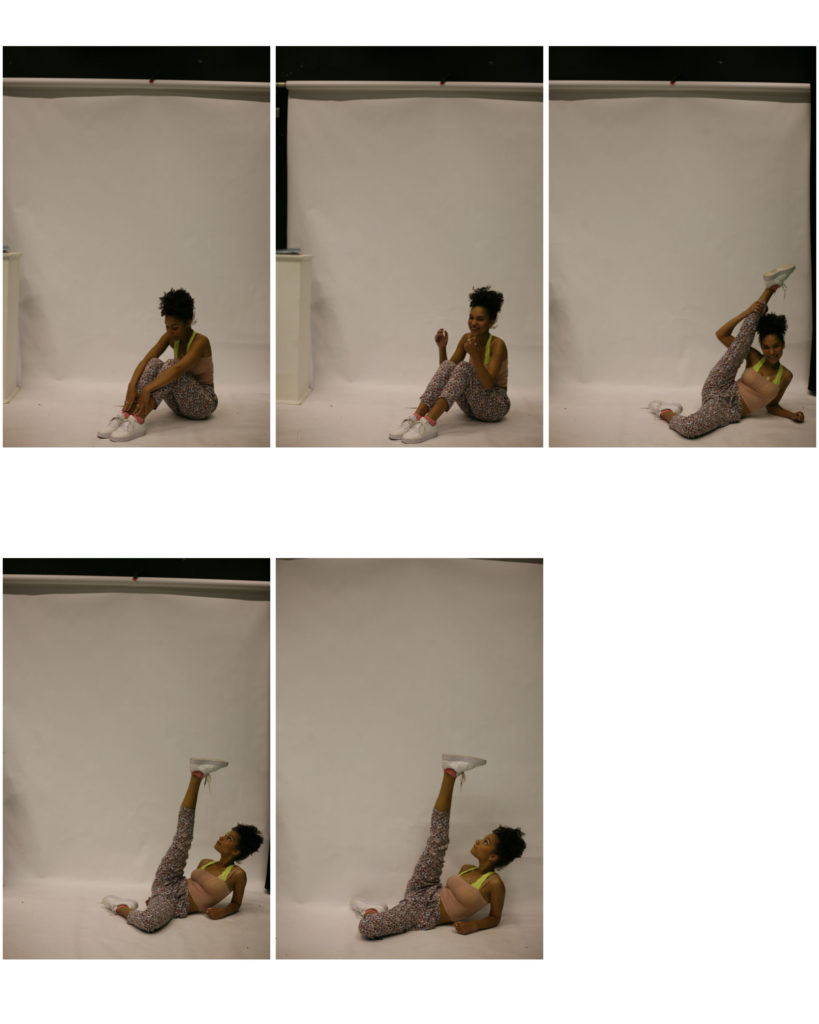
Studio: Candid

Outside/Environmental: Formal
Outside/Environmental: Candid
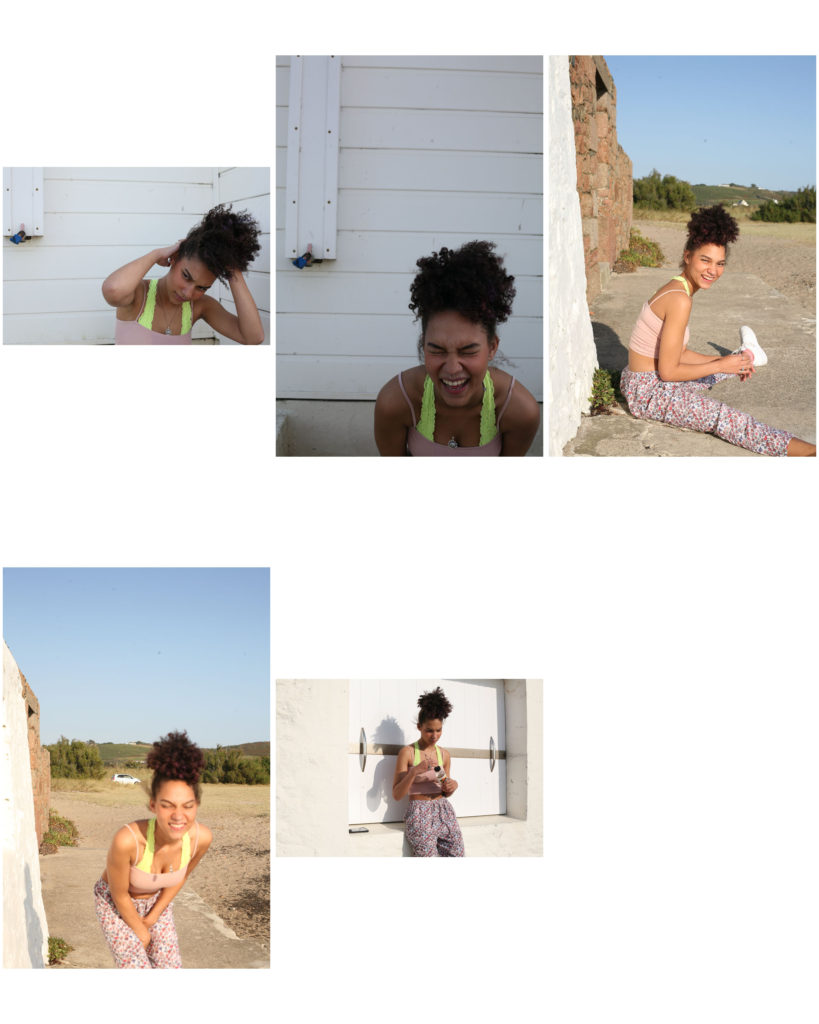
Final selection:
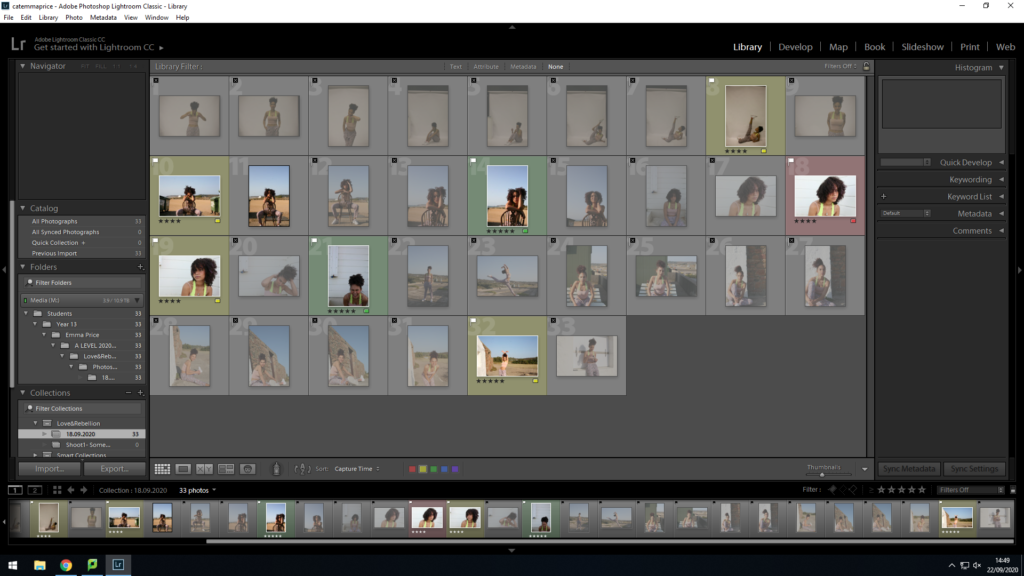
Editing process:
1.

I began by using a spot removal tool in Lightroom to remove the smudges that have appeared on my image due to damage on the photo lens. The tool colour matches each area selected with a similar shade found within the image.

To enhance the image, I decreased the exposure and increased the contrast to set the base for my photo. I then increased the highlights and whites to diminish the dullness of the background. Having done this i decreased the black tones (-17) and increased saturation, resulting in a more vibrant and contrasted image.

To improve the composition of the image, I experimented with cropping. Using a 4×3 aspect, I lined up the image so my subject is present within the ‘golden third’. Having the plastic wall feature placed in the top left hand corner creates a ‘spot’, allowing the audience’s eyes to be directed around the image. The horizontal lines of the background act as a composiotnal tool to fill them frame and direct the viewer from the top corner back to the subject within the photo.
